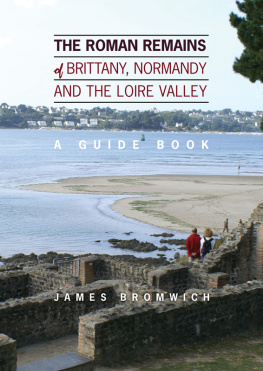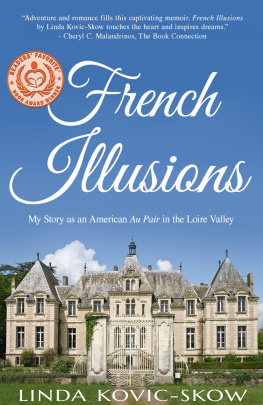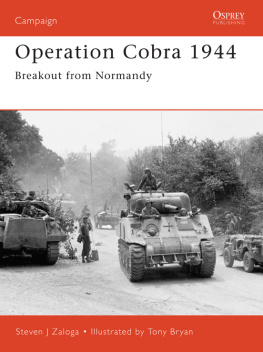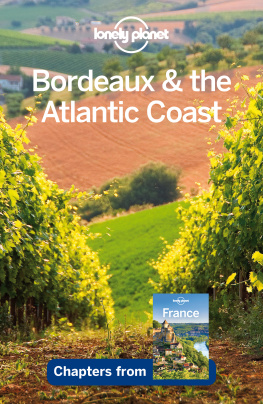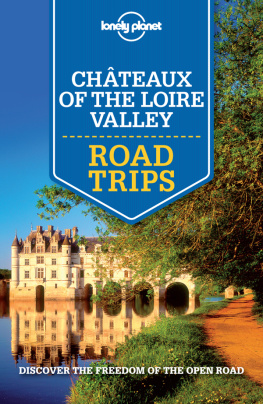James Stephen Bromwich - The Roman Remains of Brittany, Normandy and the Loire Valley
Here you can read online James Stephen Bromwich - The Roman Remains of Brittany, Normandy and the Loire Valley full text of the book (entire story) in english for free. Download pdf and epub, get meaning, cover and reviews about this ebook. year: 2014, publisher: Fast Print Publishing, genre: Romance novel. Description of the work, (preface) as well as reviews are available. Best literature library LitArk.com created for fans of good reading and offers a wide selection of genres:
Romance novel
Science fiction
Adventure
Detective
Science
History
Home and family
Prose
Art
Politics
Computer
Non-fiction
Religion
Business
Children
Humor
Choose a favorite category and find really read worthwhile books. Enjoy immersion in the world of imagination, feel the emotions of the characters or learn something new for yourself, make an fascinating discovery.
- Book:The Roman Remains of Brittany, Normandy and the Loire Valley
- Author:
- Publisher:Fast Print Publishing
- Genre:
- Year:2014
- Rating:4 / 5
- Favourites:Add to favourites
- Your mark:
- 80
- 1
- 2
- 3
- 4
- 5
The Roman Remains of Brittany, Normandy and the Loire Valley: summary, description and annotation
We offer to read an annotation, description, summary or preface (depends on what the author of the book "The Roman Remains of Brittany, Normandy and the Loire Valley" wrote himself). If you haven't found the necessary information about the book — write in the comments, we will try to find it.
The Roman Remains of Brittany, Normandy and the Loire Valley — read online for free the complete book (whole text) full work
Below is the text of the book, divided by pages. System saving the place of the last page read, allows you to conveniently read the book "The Roman Remains of Brittany, Normandy and the Loire Valley" online for free, without having to search again every time where you left off. Put a bookmark, and you can go to the page where you finished reading at any time.
Font size:
Interval:
Bookmark:
THE ROMAN REMAINS OF BRITTANY, NORMANDY AND THE LOIRE VALLEY
A Guide Book
James Bromwich
LUCINA BOOKS
An environmentally friendly book printed and bound in England by www.printondemand-worldwide.com

This book is made entirely of chain-of-custody materials
THE ROMAN REMAINS OF BRITTANY,
NORMANDY AND THE LOIRE VALLEY
Copyright James Bromwich 2014
All rights reserved
No part of this book may be reproduced in any form by photocopying or any electronic or mechanical means, including information storage or retrieval systems, without permission in writing from both the copyright owner and the publisher of the book.
The right of James Bromwich to be identified as the author of this work has been asserted by him in accordance with the Copyright, Designs and Patents Act 1988 and any subsequent amendments thereto.
A catalogue record for this book is available from the British Library
Paperback ISBN 978-178035-662-4
ePub ISBN 978-178035-861-1
Mobi ISBN 978-178035-862-8
First published 2014 by
LUCINA BOOKS
An imprint of Upfront Publishing of Peterborough, England.
Figures
Plates
Unless otherwise stated, the photos
have been taken by James Bromwich
ACKNOWLEDGEMENTS
I wish to thank the many French curators and archaeologists who have helped me; the British archaeologists and classicists I have consulted, particularly Professor Barry Cunliffe and Mark Hassell; the librarians of the Institute of Archaeology (UCL) and the Institute of Classical Studies, both in London, with especial thanks to Sue Willets; and once again Edward Oliver for producing so many fine maps. The calm assurance of my editor Katy Carter who removed so many errors, the mistakes and infelicities that remain are of course my own. Thanks too for the cover designed by Lucy Woolier, and Kate Bellairs for drawing people and explaining bytes. Above all, this book could not have been written without my wife Anne and her careful reading of my many attempts to get it right, her gentle advice, but of most significance her tolerance and unwavering support during the many visits to France, the long hours doing background research and the even longer hours of writing.
INTRODUCTION
My purpose in writing is the same as it was when I began my first guidebook to Roman remains in France: only destruction, insensitive modern building, and sometimes reconstruction can destroy our intuitive sense of the past; greater knowledge cannot. I hope this book once again reflects some of my passion for understanding the past.
The book is based on a large number of archaeological and historical studies both French and English covering the west of France, only some of which are listed in the bibliography. I want to stimulate readers interest where I can and enhance their experience when visiting places: this is a guidebook not an academic study. The bibliography is for the very inquisitive to help them continue exploring the region; the publications listed there range from original sources and general works on the Roman world or Roman France, to further studies illustrating an aspect of regional development.
The west of France
The areas covered are Brittany, Normandy, Pays de la Loire and the four Loire departments of the Centre region. The regional and departmental boundaries that define the selection of sites may appear to be unrelated to the Roman world, but this is not as arbitrary as it might seem. The regions north and west are defined by the coast and though sea levels have changed since Roman times, the general shape has not. The southern limit is the lower and middle Loire, not the river itself, but the land on both sides that has traditionally been drawn towards it. All the territory here was included in the Roman province of Lugdunensis, in fact the southern boundary with Aquitania is not too dissimilar to that of the departmental boundaries used here. The picture is essentially the same for the north-eastern limits. Like the Loire, the Seine itself was never a frontier. The rolling Caux chalk hills end at the deep valley of the Bresle, a boundary marker for both Normandy and Lugdunensis with the Roman province of Belgica. The eastern limit for this book is the Beauce tablelands, before they give way to the varied landscape and mixed soils around Paris. The rest of Lugdunensis, including its capital Lugdunum (Lyon) and much more is covered in my book on northern and eastern France.
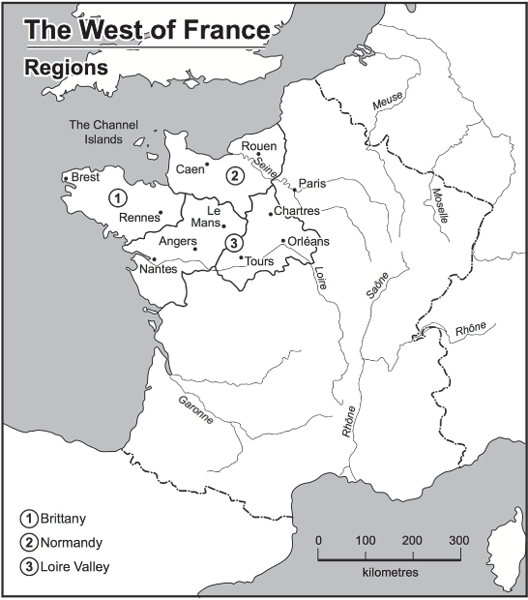
Map 1
The selection of material
My selection of sites and museum collections has been driven by three criteria: what is visible; what research over the centuries has revealed; and, inevitably, having visited them, my own judgement. To give some context, the historical introduction concentrates on the Gallo-Roman period, but it also provides an overview of the Iron Age and late Antiquity. As my investigations progressed for this book, my choice of two topics for special treatment emerged both with a particular regional resonance. The first highlights the far west where people had traditionally looked to the sea for their livelihood. Here it is the great vats at Douarnenez which reveal how Armorica became a major source for that quintessential Roman food product: garum sauce. The background and the particular significance fish and salt had for this Roman region gave it prime importance. The second topic provides depth to a perhaps surprising feature of the west, the widely found remains of defensive ramparts, most spectacularly the walls at Le Mans and the fortress at Jublains. I hope that this description of how they were built and the context they sprang from will be helpful.
The changing pattern of archaeological study in the west of France
Archaeological research in the west has evolved in stages. Initially, it was the antiquarians who provided the stimulus; they had the ability to recognise Roman building and a passion for collecting antique objects. From the end of the seventeenth century they carried out the first excavations, they formed learned societies and their collections provided the foundations for the first public museums after the Revolution. The nineteenth century saw the emergence of more specialised archaeologists, rarely paid for the task, rather they were people filled with a love for their pays and a sense of what might be hidden from view beneath the soil. They gradually developed the professional skills to interpret what they found. Men such as Abb Cochet in the Seine-Maritime and J B Jollois in the Loiret led the way; many others followed. Their publications provided the foundations for outlining pottery sequences or jewellery distribution patterns; their finds filled the provincial museums. State involvement was relatively small, but the first steps were taken to protect standing remains one early example being Jublains fortress when the historic monuments commission was created in 1834 and appointed Prosper Mrime as its Inspector-General.
Although regional archaeological investigation had been widespread, no single archaeologist of national stature emerged in the nineteenth century. Nor, in the first half of the twentieth century, were there the outstanding figures who dominated the field in other regions such as Jules Formig and Joseph Sautel in Provence. Progress was at best intermittent until the 1960s. The main stimulants for renewed activity were the revival of the French economy and population growth. The transformation of farming threatened the countryside and the boom in moribund cities like Tours and Orlans led to massive new building projects that destroyed swathes of archaeological material. But the new prosperity also led to expanding university studies, the design of professional training courses and a recognition that new scientific techniques could be applied to archaeology. This coincided with new government support for archaeology both with funds and full-time career opportunities (though resources for both are being cut back at the time of writing).
Next pageFont size:
Interval:
Bookmark:
Similar books «The Roman Remains of Brittany, Normandy and the Loire Valley»
Look at similar books to The Roman Remains of Brittany, Normandy and the Loire Valley. We have selected literature similar in name and meaning in the hope of providing readers with more options to find new, interesting, not yet read works.
Discussion, reviews of the book The Roman Remains of Brittany, Normandy and the Loire Valley and just readers' own opinions. Leave your comments, write what you think about the work, its meaning or the main characters. Specify what exactly you liked and what you didn't like, and why you think so.

